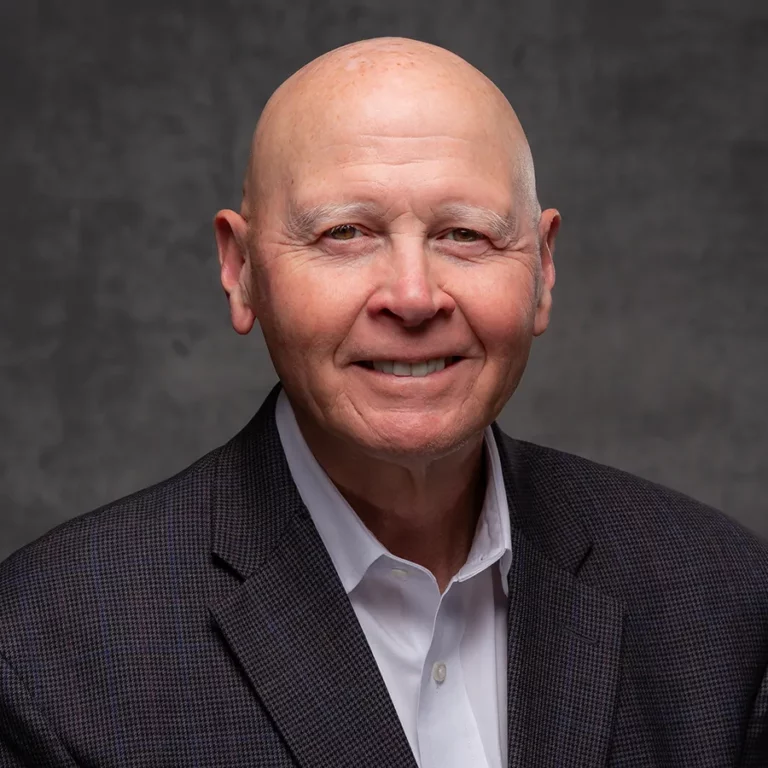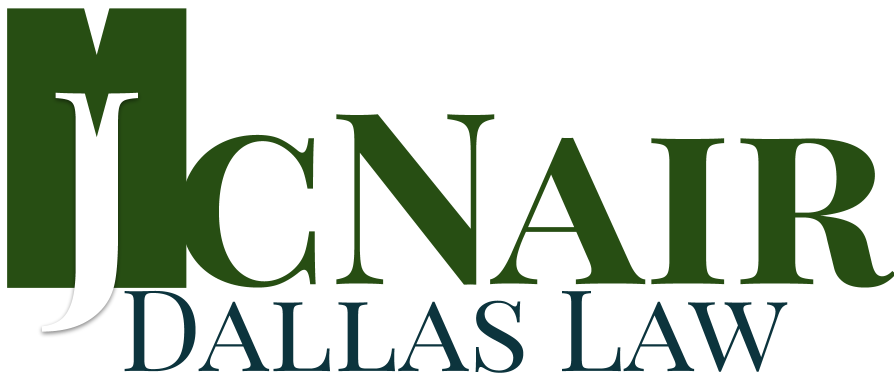Christine Cook, NCARB, Principal with the Dallas-based design boutique three, explained that she’s seeing several new trends that are shaping the Senior Housing Industry, according to iAdvance Senior Care’s recent article entitled “The Newest Trends in Senior Care Facility Design” .
“Owners and operators are working to connect through lifestyle choices, in combination with a healthcare amenity, to reach the target pool of prospective residents. ‘Active aging’ and ‘purposeful lifestyles’ resonate favorably with both residents and their families. This shifts the perception away from residency as need-based or compelled to a feeling of joining the community by choice,” she remarked.
Other design trends include more tailored residential apartments and cottages. There is also an increased demand for amenities, both on-site and within walking distance.
“Also, it is foundational to ensure consistency of the design aesthetic and quality of materials across the continuum-of-care, from independent living to assisted living and memory care,” says Cook.
Cook also said that many existing communities are decreasing their skilled nursing offerings. They’re customizing assisted living and memory care environments, tailoring them to the residents’ needs. “Most new communities are not incorporating skilled nursing at all.”
The COVID-19 pandemic has also prompted an increased focus on cleanliness and practical material selection. “Escalating cleaning protocols are demanding increased attention to the selection of finishes,” says Cook.
“Materials must be durable and resilient, otherwise replacing them when they wear out will have to be cost-effective — think modular cabinetry or tile flooring. We have also had to address plans for processional arrival sequences at entryways, modifying and limiting them to ensure there will be no security breaches with respect to disease migration.”
She’s also seen an uptick in requests for no-touch access controls for resident and staff-only areas. Cook notes that there’s also a market preference for larger balconies and full-height windows to allow for more natural daylight. Designs that reinforce healthy connections to nature, like balconies doubling as outdoor great rooms, can prompt residents to be more inspired and engaged.
However, Cook says that owner-operators frequently describe two common challenges: Keeping occupancy rates high and attracting and retaining high-quality, mission-focused staff.
Cook thinks that several trends will continue to define the senior care market in the future. These include increased demand for pocket-park communities, which usually consist of 10 to 12 cottages that are organized around or near an activity center. These communities are often developed in association with a larger senior care community or health provider.
Reference: iAdvance Senior Care (Oct. 12, 2021) “The Newest Trends in Senior Care Facility Design”




